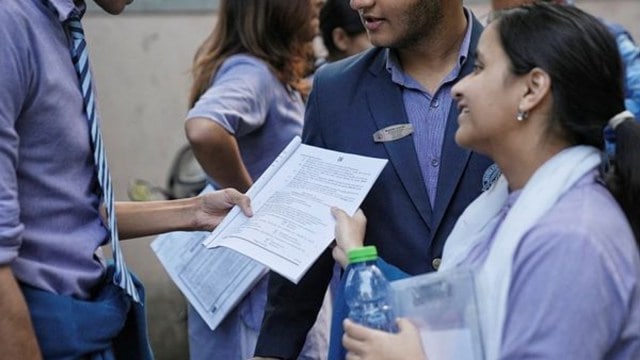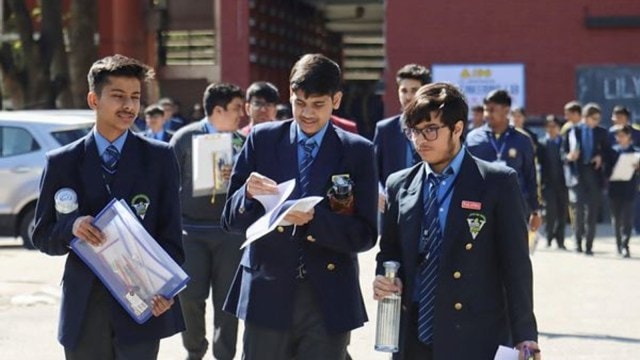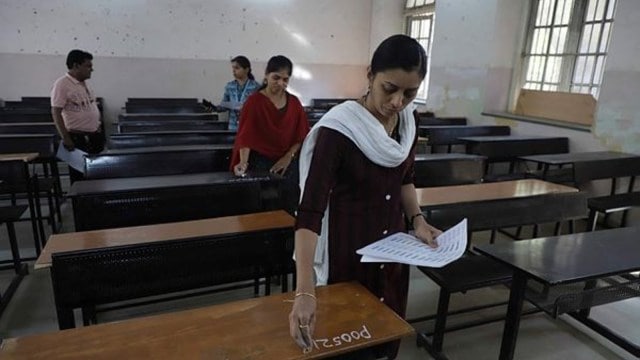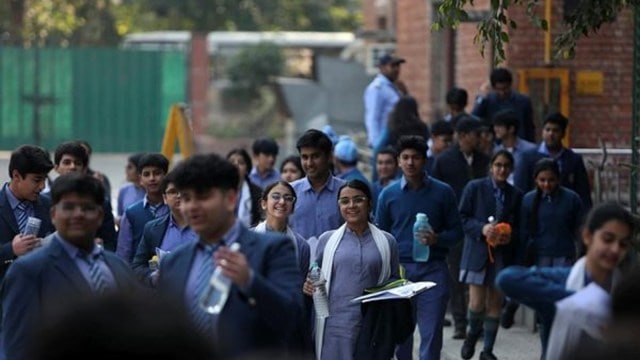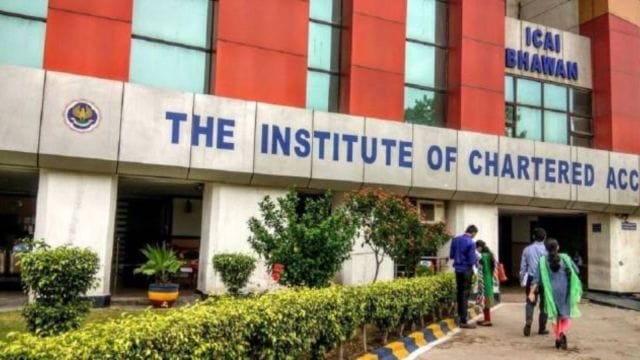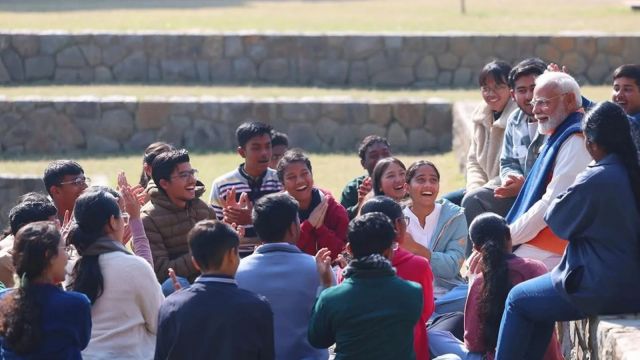
In battle for Delhi, why 360 villages mark a new front between AAP, BJP
With Delhi headed for the Assembly elections in a few months, the ruling AAP and the principal Opposition BJP seem to be going all out to connect with its 360 villages to get a head start.
Dotted across the capital, these villages are located in over 30 of the total 70 Assembly constituencies – mostly in three Lok Sabha seats including North West Delhi, South Delhi and West Delhi – which have gone through varying degrees of urbanisation over the decades.
While the Arvind Kejriwal-led AAP have held sway over most of Delhi’s villages in the Assembly polls, a majority of them have gone the BJP’s way in the parliamentary polls.
In the 2024 Lok Sabha elections, when the BJP swept the capital again by bagging all seven seats, the party garnered over 60% of the vote share in several Assembly segments with a sizeable rural population such as Shakur Basti, Burari, Narela, Rithala, Mundka, Kirari, Nangloi Jat, Matiala, Najafgarh, Palam and Badarpur.
In the February 2020 Assembly polls, the AAP returned to power in Delhi for the third consecutive time, winning 62 seats as against the BJP’s eight, with the Congress again failing to open its account.
The outreach to the Union Territory’s rural voters began in early December last year with Lt Governor V K Saxena launching the Dilli Gramoday Abhiyan. According to Saxena, who heads the Delhi Development Authority (DDA), this programme was aimed at “comprehensive development” of Delhi’s villages with over Rs 800 crore earmarked for various projects, ranging from the installation of CCTVs and streetlights to the development of hospitals, schools, water bodies, cremation grounds, libraries, sewage treatment plants and community centres.
A week later, Delhi Development Minister Gopal Rai announced that the Village Development Board, which he heads, had given its nod to projects worth Rs 1,000 crore to improve essential amenities in the capital’s villages.
Over the last few months, new bus routes were announced by the AAP government for areas such as Najafgarh besides the announcement of schemes worth Rs 100 crore for the delivery of “essential services” to rural Delhi. The AAP also started inducting turncoats with a rural base, such as ex-BJP MLA Brahm Singh Tanwar from Chattarpur, into its fold.
After chairing a Village Development Board meeting in October, Rai said, “In the meeting 100 plans were approved to ensure the development of villages, focusing on constructing and repairing vital infrastructure, including approach roads, ponds, community centres, parks, crematoriums, sports grounds, gymnasiums, drainage structures, chaupals, banquet halls, and other necessary facilities.”
The BJP MPs in Delhi have also stepped up their bid to woo the villagers. South Delhi MP Ramvir Singh Bidhuri attended a Mahapanchayat in his constituency earlier this week.
“Delhi’s villages have always been the foundation of its development and they contributed significantly to the BJP’s win here in the Lok Sabha elections,” Bidhuri said, alleging that “In the villages too, the mood is the same as in the rest of Delhi – that Kejriwal’s party will not return to power. People are angry with the condition of roads, pollution, lack of water and a host of other issues.”
For its part, the Congress has planned that its ongoing “Dilli Nyay Yatra”, led by its city president Devender Yadav, would criss-cross the rural belts during its last two legs in the coming days.
Visiting a group of protesting Delhi farmers in September, Yadav called for the L-G ’s intervention to address their demands for a hike in circle rates, accusing both the BJP-ruled Centre and the AAP government of “ignoring” them.
Across the villages, there has been a refrain among many residents, seeking better development and amenities as well as higher compensation in case of acquisition of their land. They also complain that most of the development promises made by both the BJP and AAP dispensations have not been fulfilled so far.
“There has been no development in Delhi villages not just over the last five years, but since 1994,” alleged Than Singh Yadav, the head of the Delhi Panchayat Sangh. The central government’s SVAMITVA scheme, which ensures streamlining of land records, has not been implemented in Delhi’s villages, he said.
“The regularisation of colonies is also focused on urban areas. When it comes to Delhi villages, the non-extension of ‘Lal Dora’ (demarcation of rural areas) is a major issue, posing problems for villagers applying for loans,” he said, adding that the circle rates of rural land have not been revised.
Paras Tyagi, who is associated with the Centre for Youth, Culture, Law & Environment, charged that the lack of development in Delhi’s villages was pushing its residents to shift to the bordering states like Haryana and Uttar Pradesh.
“The master plans of the DDA mention that a separate village development plan should be made, but do not specify which authority would take up this task. This just leads to a blame game between three authorities — DDA, MCD and Delhi government’s Development department, with all three shying away from responsibility,” he said.
“There are no parks in these villages, no community centres, no proper drainage, no colleges, no healthcare… Many people have started moving to UP and Haryana because they provide better facilities,” he claimed.
Some village groups claim they have decided to “boycott” the Assembly polls. The leader of a village group Pradhan Palam 360 Khap, Chaudhary Surender Solanki, said, “Ab ki baar chunav ka bahishkaar (this time, we would boycott the elections). We will not participate in the polls unless our demands are met. We raised 12 to 13 main issues, of which only three have seen some progress so far. The circle rates have not been increased, leading to lower land values hurting farmers and villagers. Without resolving them, how can the government expect us to vote?”

 Posts
Posts Sign up as a Teacher
Sign up as a Teacher